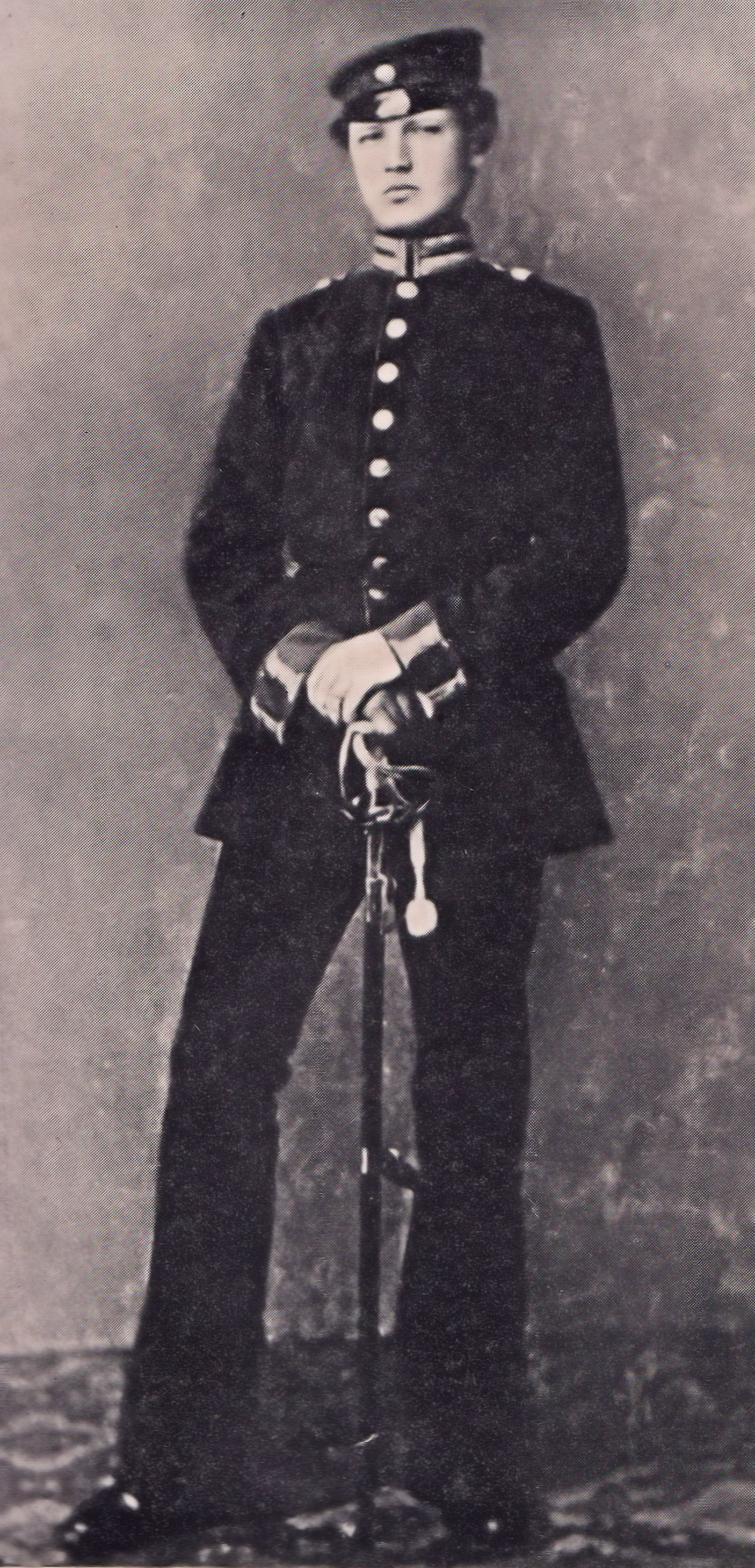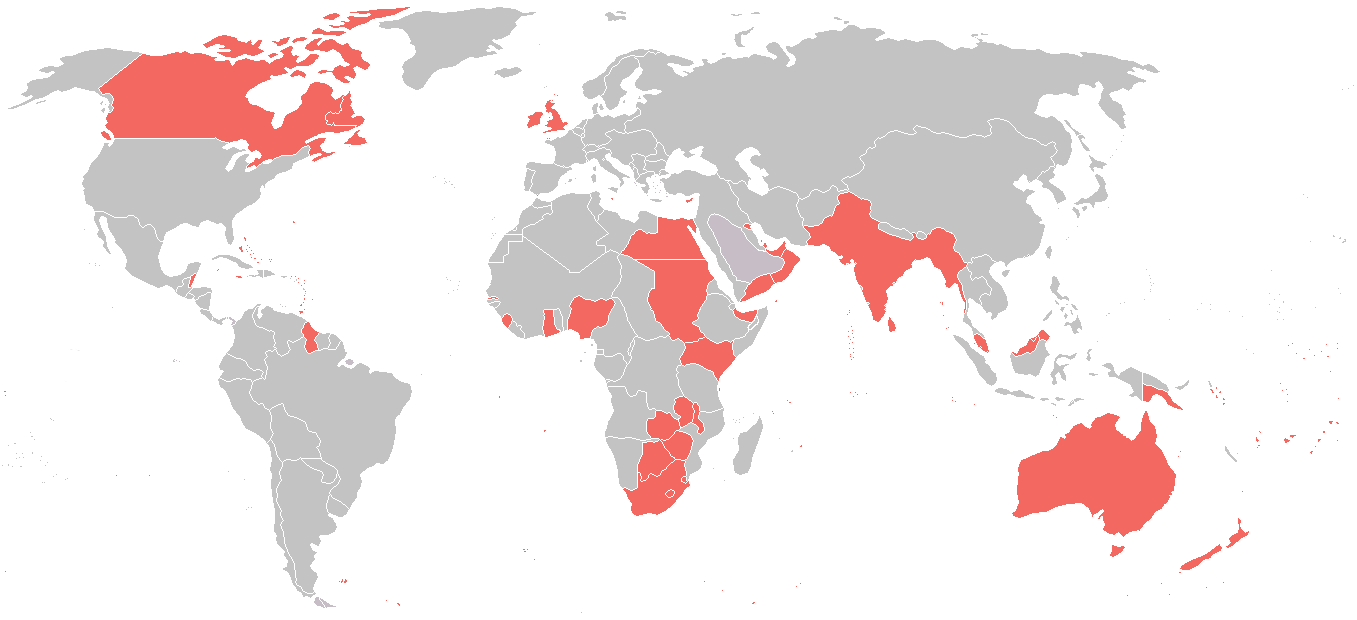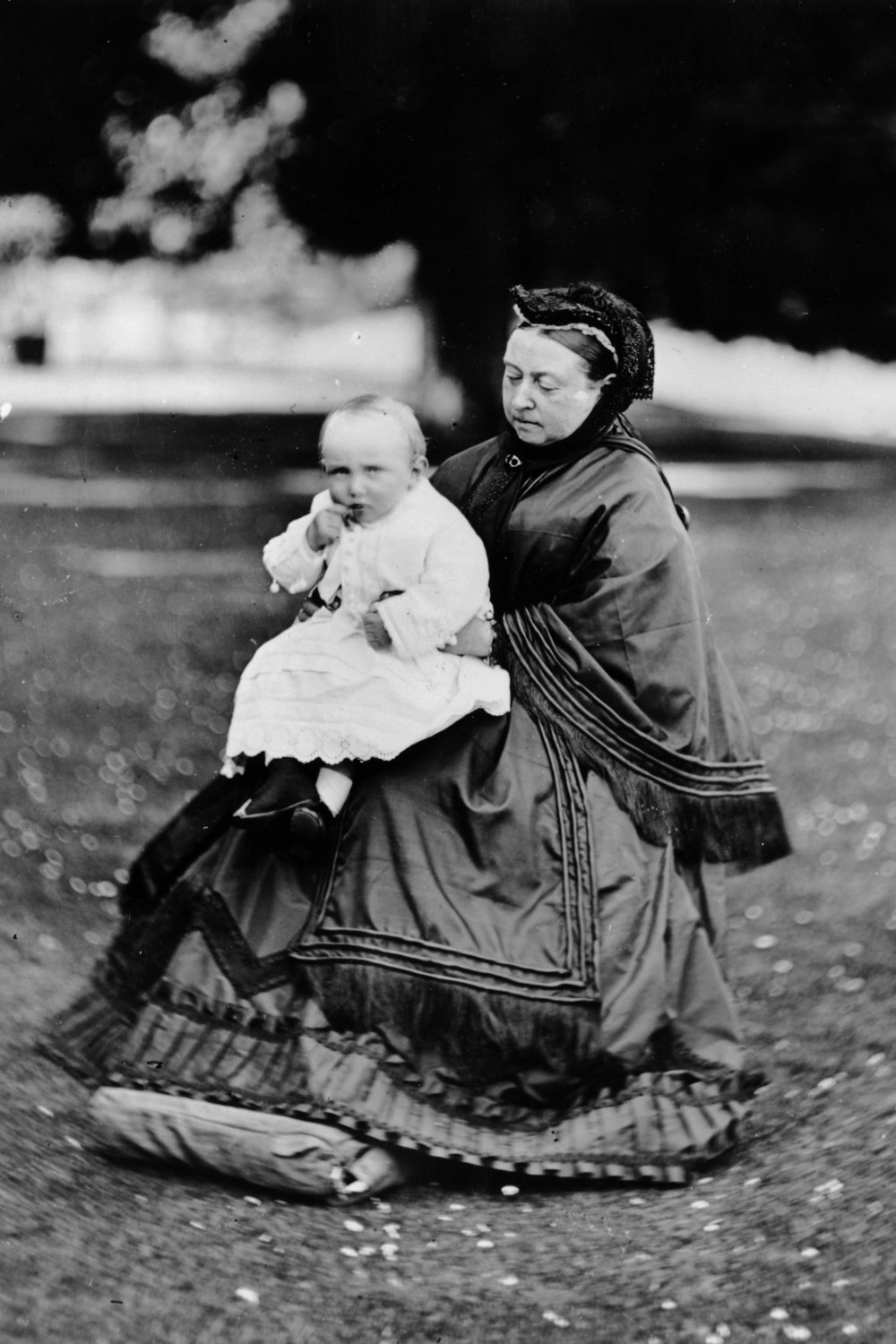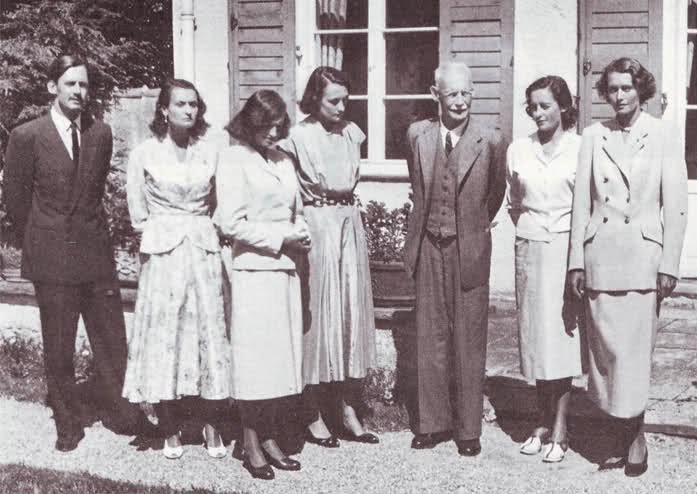|
Hundred Days Offensive
The Hundred Days Offensive (8 August to 11 November 1918) was a series of massive Allied offensives that ended the First World War. Beginning with the Battle of Amiens (8–12 August) on the Western Front, the Allies pushed the Imperial German Army back, undoing its gains from the German spring offensive (21 March – 18 July). The Germans retreated to the Hindenburg Line, but the Allies broke through the line with a series of victories, starting with the Battle of St Quentin Canal on 29 September. The offensive led directly to the Armistice of 11 November 1918 which ended the war with an Allied victory. The term "Hundred Days Offensive" does not refer to a planned Allied campaign, but rather the rapid series of Allied victories. Background The German spring offensive on the Western Front had begun on 21 March 1918 with Operation Michael and had petered out by July. The German Army had advanced to the River Marne, but failed to achieve their aim of a victory that woul ... [...More Info...] [...Related Items...] OR: [Wikipedia] [Google] [Baidu] [Amazon] |
Western Front (World War I)
The Western Front was one of the main Theatre (warfare), theatres of war during World War I. Following the outbreak of war in August 1914, the Imperial German Army, German Army opened the Western Front by German invasion of Belgium (1914), invading Luxembourg and Belgium, then gaining military control of important industrial regions in Third Republic of France, France. The German advance was halted with the First Battle of the Marne, Battle of the Marne. Following the Race to the Sea, both sides dug in along a meandering line of fortified trench warfare, trenches, stretching from the North Sea to the Swiss frontier with France, the position of which changed little except during early 1917 and again in 1918. Between 1915 and 1917 there were several offensives along this Front (military), front. The attacks employed massive artillery bombardments and massed infantry advances. Entrenchments, machine gun emplacements, barbed wire, and artillery repeatedly inflicted severe casualties ... [...More Info...] [...Related Items...] OR: [Wikipedia] [Google] [Baidu] [Amazon] |
Paul Von Hindenburg
Paul Ludwig Hans Anton von Beneckendorff und von Hindenburg (2 October 1847 – 2 August 1934) was a German military and political leader who led the Imperial German Army during the First World War and later became President of Germany (1919–1945), President of Germany from 1925 until his death in 1934. He played a key role in the Nazi seizure of power in 1933 when he appointed Adolf Hitler as Chancellor of Germany. Hindenburg was born to a family of minor Prussian nobility in the Grand Duchy of Posen. Upon completing his education as a cadet, he enlisted in the Third Regiment of Foot Guards as a second lieutenant. He saw combat during the Austro-Prussian War, Austro-Prussian and Franco-Prussian War, Franco-Prussian wars. In 1873, he was admitted to the prestigious Preußische Hauptkadettenanstalt, War Academy in Berlin, where he studied before being appointed to the General Staff Corps. In 1885, he was promoted to major and became a member of the German General Staff. After ... [...More Info...] [...Related Items...] OR: [Wikipedia] [Google] [Baidu] [Amazon] |
Hindenburg Line
The Hindenburg Line (, Siegfried Position) was a German Defense line, defensive position built during the winter of 1916–1917 on the Western Front (World War I), Western Front in France during the First World War. The line ran from Arras to Laffaux, near Soissons on the Aisne River, Aisne. In 1916, the Battle of Verdun and the Battle of the Somme left the German western armies () exhausted and on the Eastern Front (World War I), Eastern Front, the Brusilov Offensive had inflicted huge losses on the Austro-Hungarian armies and forced the Germans to take over more of the front. The declaration of war by Romania during World War I, Romania had placed additional strain on the German army and war economy. The Hindenburg Line, built behind the Noyon Salient (territory), Salient, was to replace the old front line as a precaution against a resumption of the Battle of the Somme in 1917. By devastating the intervening ground, the Germans could delay a spring offensive in 1917. A shorte ... [...More Info...] [...Related Items...] OR: [Wikipedia] [Google] [Baidu] [Amazon] |
German Spring Offensive
The German spring offensive, also known as ''Kaiserschlacht'' ("Kaiser's Battle") or the Ludendorff offensive, was a series of German Empire, German attacks along the Western Front (World War I), Western Front during the World War I, First World War, beginning on 21 March 1918. Following American entry into World War I, American entry into the war in April 1917, the Germans decided that their only remaining chance of victory was to defeat the Allies of World War I, Allies before the United States could ship soldiers across the Atlantic and fully deploy its resources. The Imperial German Army, German Army had gained a temporary advantage in numbers as nearly 50 Division (military), divisions had been freed by the Russian defeat and withdrawal from the war with the Treaty of Brest-Litovsk. There were four German offensives, codenamed ''Operation Michael, Michael'', ''Operation Georgette, Georgette'', ''Gneisenau'', and ''Blücher-Yorck''. ''Michael'' was the main attack, which wa ... [...More Info...] [...Related Items...] OR: [Wikipedia] [Google] [Baidu] [Amazon] |
Imperial German Army
The Imperial German Army (1871–1919), officially referred to as the German Army (), was the unified ground and air force of the German Empire. It was established in 1871 with the political unification of Germany under the leadership of Kingdom of Prussia, Prussia, and was dissolved in 1919, after the defeat of the German Empire in World War I (1914–1918). In the Federal Republic of Germany, the term refers to the German Army, the land component of the . Formation and name The states that made up the German Empire contributed their armies; within the German Confederation, formed after the Napoleonic Wars, each state was responsible for maintaining certain units to be put at the disposal of the Confederation in case of conflict. When operating together, the units were known as the German Federal Army, Federal Army (). The Federal Army system functioned during List of wars: 1800–1899, various conflicts of the 19th century, such as the First Schleswig War from 1848 to 1852. ... [...More Info...] [...Related Items...] OR: [Wikipedia] [Google] [Baidu] [Amazon] |
Battle Of Amiens (1918)
The Battle of Amiens, also known as the Third Battle of Picardy was the opening phase of the Allies of World War I, Allied offensive which began on 8 August 1918, later known as the Hundred Days Offensive, which ultimately led to the end of World War I. Allied forces advanced over on the first day, one of the greatest advances of the war, with Gen Henry Rawlinson, 1st Baron Rawlinson, Henry Rawlinson's British Fourth Army, with nine of its 19 Division (military), divisions supplied by the fast-moving Australian Corps of Lt General John Monash and Canadian Corps of Lt General Arthur Currie, and Gen Marie Eugène Debeney's French First Army playing a decisive role. The battle is also notable for its effects on both sides' morale and the large number of surrender (military), surrendering German Empire, German forces. This led Erich Ludendorff to later describe the first day of the battle as "the black day of the German Army". Amiens was one of the first major battles involving arm ... [...More Info...] [...Related Items...] OR: [Wikipedia] [Google] [Baidu] [Amazon] |
First World War
World War I or the First World War (28 July 1914 – 11 November 1918), also known as the Great War, was a World war, global conflict between two coalitions: the Allies of World War I, Allies (or Entente) and the Central Powers. Fighting took place mainly in European theatre of World War I, Europe and the Middle Eastern theatre of World War I, Middle East, as well as in parts of African theatre of World War I, Africa and the Asian and Pacific theatre of World War I, Asia-Pacific, and in Europe was characterised by trench warfare; the widespread use of Artillery of World War I, artillery, machine guns, and Chemical weapons in World War I, chemical weapons (gas); and the introductions of Tanks in World War I, tanks and Aviation in World War I, aircraft. World War I was one of the List of wars by death toll, deadliest conflicts in history, resulting in an estimated World War I casualties, 10 million military dead and more than 20 million wounded, plus some 10 million civilian de ... [...More Info...] [...Related Items...] OR: [Wikipedia] [Google] [Baidu] [Amazon] |
Allies Of World War I
The Allies or the Entente (, ) was an international military coalition of countries led by the French Republic, the United Kingdom, the Russian Empire, the United States, the Kingdom of Italy, and the Empire of Japan against the Central Powers of the German Empire, Austria-Hungary, the Ottoman Empire, and the Kingdom of Bulgaria in World War I (1914–1918). By the end of the first decade of the 20th century, the major European powers were divided between the Triple Entente and the Triple Alliance. The Triple Entente was made up of the United Kingdom, France, and Russia. The Triple Alliance was originally composed of Germany, Austria–Hungary, and Italy, but Italy remained neutral in 1914. As the war progressed, each coalition added new members. Japan joined the Entente in 1914 and, despite proclaiming its neutrality at the beginning of the war, Italy also joined the Entente in 1915. The term "Allies" became more widely used than "Entente", although the United Kingdom, Fran ... [...More Info...] [...Related Items...] OR: [Wikipedia] [Google] [Baidu] [Amazon] |
Albrecht, Duke Of Württemberg
Albrecht, Duke and Crown Prince of Württemberg (Albrecht Maria Alexander Philipp Joseph; 23 December 1865 – 31 October 1939) was the last crown prince of the Kingdom of Württemberg, a German military commander of World War I, and the head of the House of Württemberg from 1921 to his death. Early life Duke Albrecht was born in Vienna as the eldest child of Duke Philipp of Württemberg and his wife Archduchess Maria Theresa of Austria, daughter of Archduke Albert, Duke of Teschen. Albrecht entered the armies of the Kingdom of Württemberg and the German Empire in 1883, rose quickly through its ranks, and became the heir apparent to the throne of Württemberg. In 1910, Albrecht attended the funeral of Edward VII. He was a third cousin of Mary of Teck, who was the Queen consort of George V. World War I When World War I began, Duke Albrecht's command, the Six Army Inspectorate (''Sechste Armee-Inspektion''), was formed into the 4th Army, 123 battalions strong. As King ... [...More Info...] [...Related Items...] OR: [Wikipedia] [Google] [Baidu] [Amazon] |
Wilhelm, German Crown Prince
Wilhelm, German Crown Prince, Crown Prince of Prussia (Friedrich Wilhelm Victor August Ernst; 6 May 1882 – 20 July 1951) was the eldest child of the last German emperor, Wilhelm II, and his consort Augusta Victoria of Schleswig-Holstein, and thus a great-grandson of Queen Victoria, and distant cousin to many British royals, such as Queen Elizabeth II and King Charles III. As Emperor Wilhelm's heir, he was the last Crown Prince of the German Empire and the Kingdom of Prussia, until the German Revolution of 1918-1919, abolition of the monarchy. Wilhelm became crown prince at the age of six in 1888, when his grandfather Frederick III, German Emperor, Frederick III died and his father became emperor. He was crown prince for 30 years until the Abdication of Wilhelm II, fall of the empire on 9 November 1918. During World War I, he commanded the 5th Army (German Empire), 5th Army from 1914 to 1916 and was commander of the Army Group German Crown Prince (German Empire), Army Group G ... [...More Info...] [...Related Items...] OR: [Wikipedia] [Google] [Baidu] [Amazon] |
Rupprecht, Crown Prince Of Bavaria
Rupprecht, Crown Prince of Bavaria, Duke of Bavaria, Franconia and in Swabia, Count Palatine by the Rhine (''Rupprecht Maria Luitpold Ferdinand''; English: ''Rupert Maria Leopold Ferdinand''; 18 May 1869 – 2 August 1955), was the last heir apparent to the Bavarian throne. During the first half of World War I, he commanded the 6th Army on the Western Front. From August 1916, he commanded Army Group Rupprecht of Bavaria, which occupied the sector of the front opposite the British Expeditionary Force. Childhood Rupprecht was born in Munich, the eldest of the thirteen children of Ludwig III, the last King of Bavaria, and of Archduchess Maria Theresa of Austria-Este, a niece of Duke Francis V of Modena. He was a member of the lineage of both Louis XIV of France and William the Conqueror. As a direct descendant of Henrietta of England, daughter of Charles I of England, he was claimant to the thrones of England, Scotland and Ireland in the Jacobite succession. His early ... [...More Info...] [...Related Items...] OR: [Wikipedia] [Google] [Baidu] [Amazon] |







